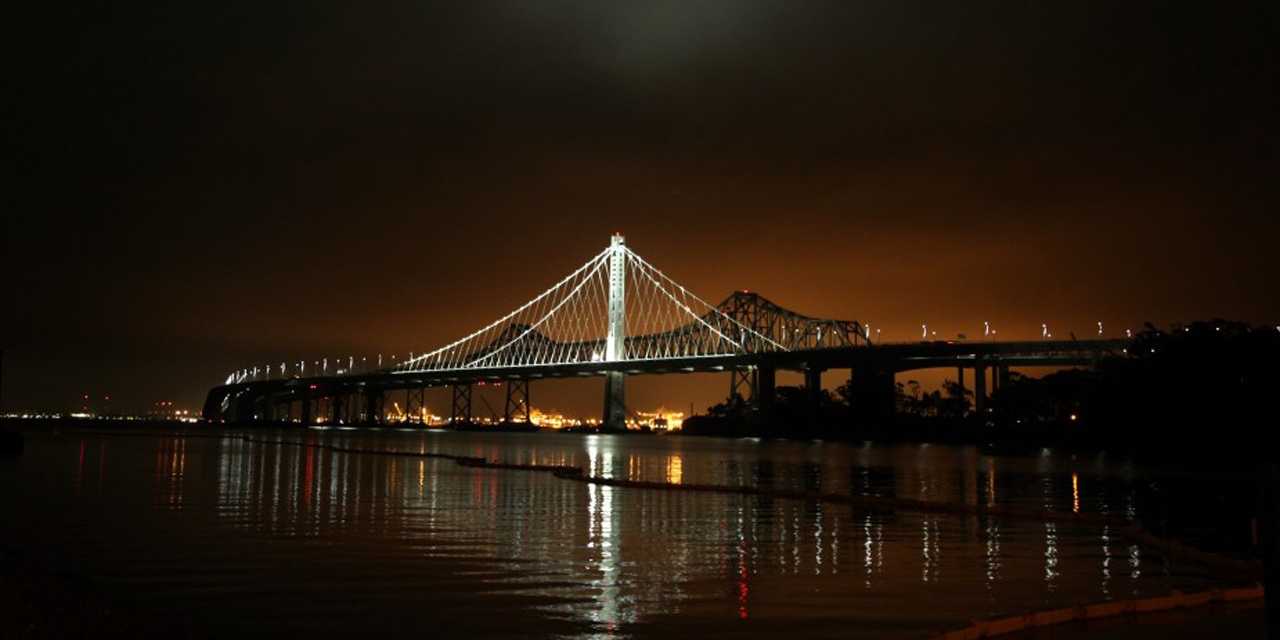
Goethals Bridge Replacement Project
New York City and Elizabeth, NJ
Best Project, Highway/Bridge and Excellence In Safety
Key Players
Owner: Port Authority of New York and New Jersey
Lead Design Firm, Civil/Structural/MEP Engineer: Parsons
General Contractor: Kiewit-Weeks-Massman AJV
"The project team on the new $1.5-billion Goethals Bridge linking New York and New Jersey had a lengthy list of constraints to meet: limits on tower height, redundancy and resiliency standards, funding challenges, traffic flow requirements, designs for future mass transit capacity—and even work schedules hemmed in by flounder mating in the Arthur Kill tidal straight.
To meet them, the public-private partnership and design-build joint venture overseeing the twin-span cable-stayed bridge defaulted to a consistent management approach that paid off: what it terms a “task force environment” that marshaled major team players to tackle problems big and small. It was where contractors and designers weighed when to acquire permits and how to procure materials and map out the schedule for the 900-ft main span and its approaches, says Tom Spoth, vice president and head of the national bridge practice at Parsons, the lead design firm.
“What that means is everybody comes together. In this job, [during] most of the design phase, it was weekly,” he says. “The site hadn’t even been turned over to us yet, and we were already well into our task force environment.” Those meetings included the owner, the Port Authority of New York and New Jersey, and its private developer, NYNJ Link—the agency’s first use of a P3 arrangement. Led by Macquarie Group and Kiewit Development Co., the P3 team won the concessionaire contract in 2014. It also included Parsons and the construction joint venture of Kiewit Infrastructure, Weeks Marine and Massman Construction.
That coordination made major decisions easier to manage and smoother to plan—such as the dive into foundation, steel procurement, steel fabrication and precast concrete bid packages weeks before getting the full notice to proceed—says Seth Condell, Parsons’ regional bridge practice head.
“You don’t get that type of flexibility in a traditional design,” he says. “The task force design was a huge plus on this project.”
The process paid off, with the Goethals Bridge Replacement winning not only an ENR New York Best Projects award in the highway/bridge category and the Excellence in Safety award, but also being chosen unanimously by judges as ENR New York’s Project of the Year for 2018.
A prime example of the model’s effectiveness emerged one day when the contractor presented an unpleasant surprise: Foundation work for the eastbound span’s tower, which was first up, hit an unexpected hazardous material obstacle with asbestos found in a warehouse set to be demolished on the New Jersey shoreline, Condell says. To not lose time during mitigation, the contractor said it could instead start work on the westbound bridge’s main tower if the design team sped up delivery of those plans, he says.
"That was a big change in priorities, but because of the trust of the partners and the flexibility of the task force environment, we were able to do that,” Condell says.
The task force approach also entailed weekly reviews of design concepts that incorporated input from all parties, which translated during construction to rapid resolutions of conflicts and challenges in the field. It also supported what Spoth calls a “high motivation for quality” from the developer’s perspective—given that it has a long-term contract to operate and maintain the bridge—by including its preferences in the designs, from concrete mixes and corrosion protection to service life analysis.
The approach even helped the team hatch one of the most consequential adjustments: shifting from a single span in the original design to the two-span solution, Condell says.
“Splitting that tower and having separate eastbound and westbound structures gave us flexibility in construction, but also throughout the life of the structure gives us operational redundancy,” he says. “That’s how we have a 100- to 150-year service life.”


